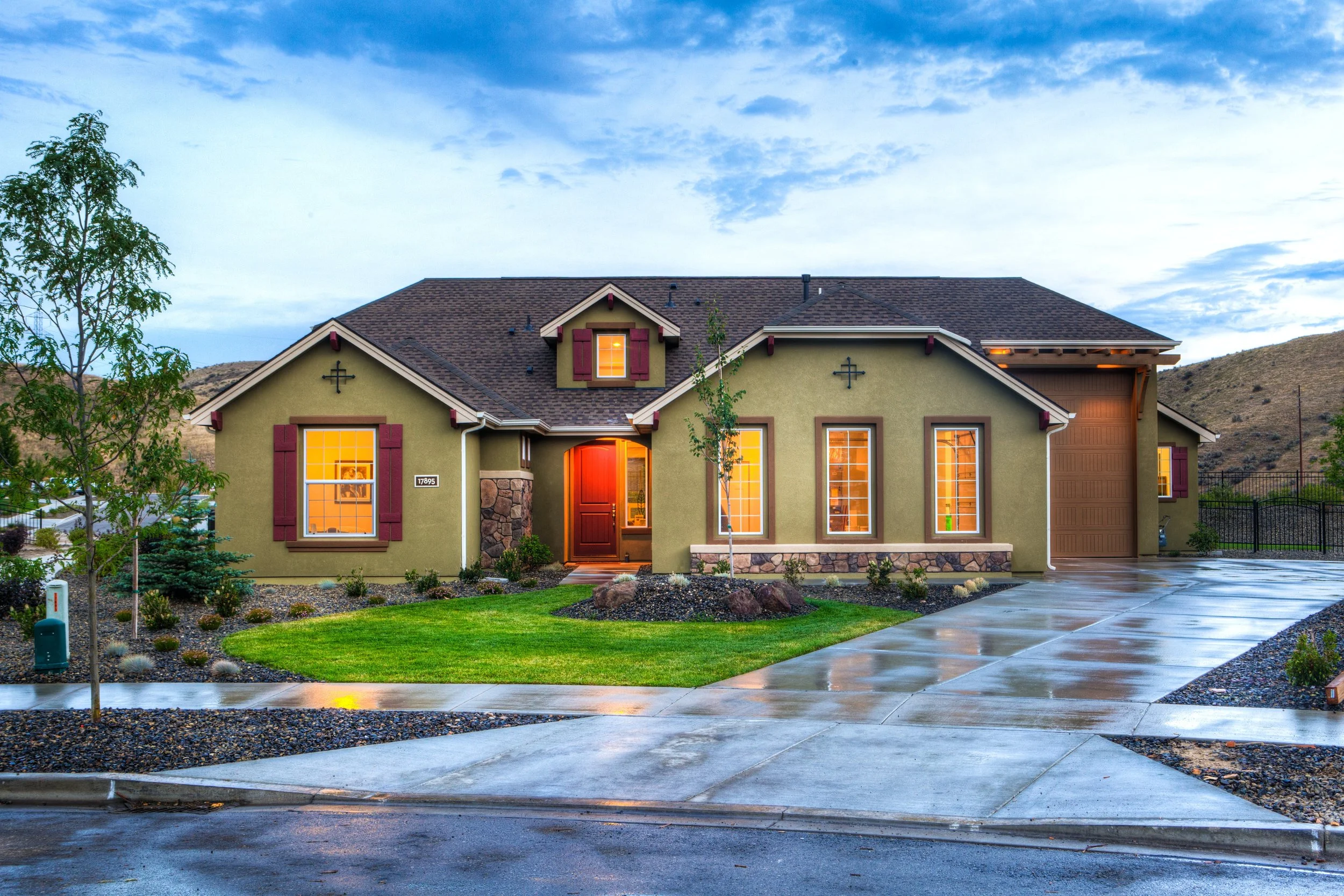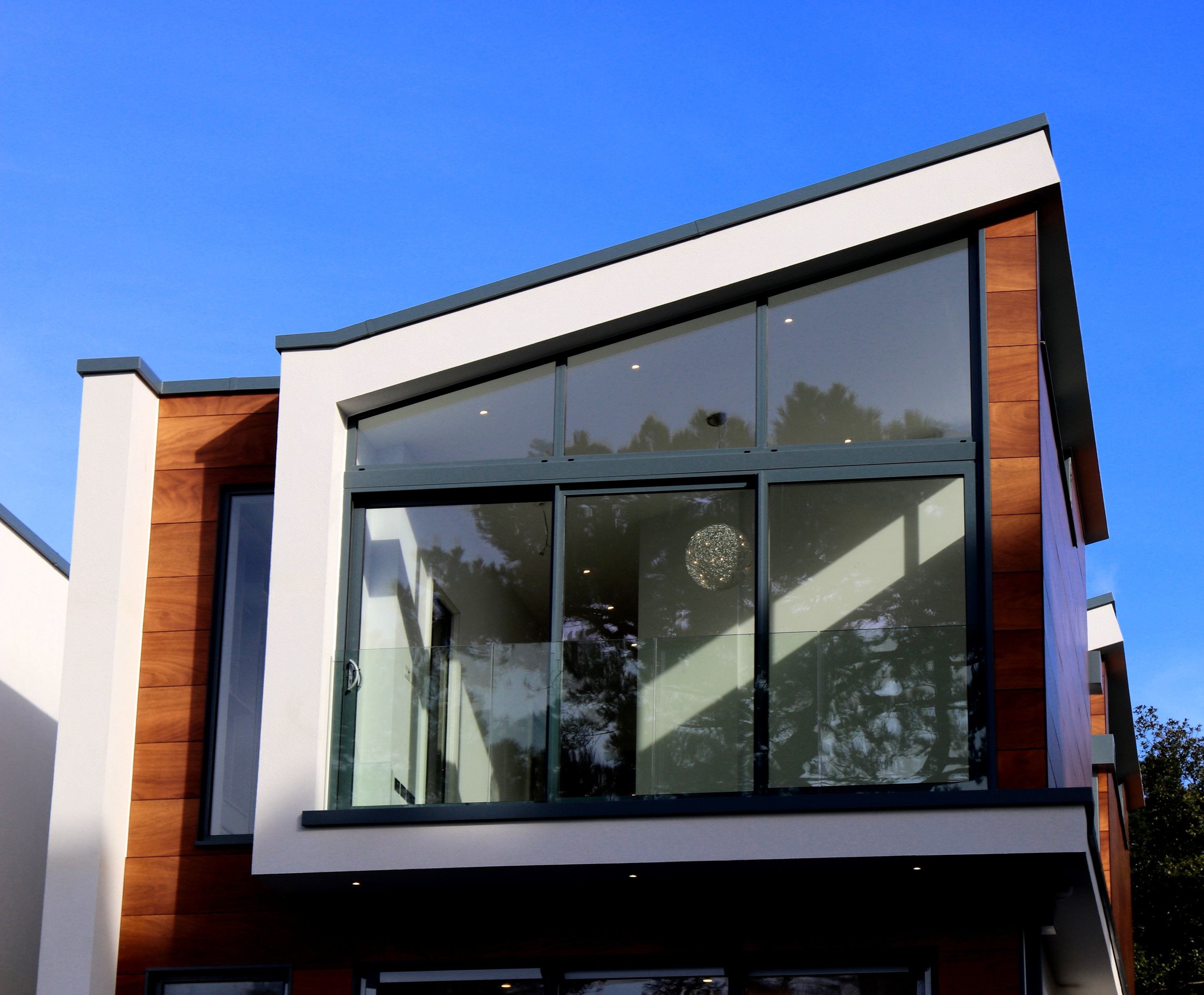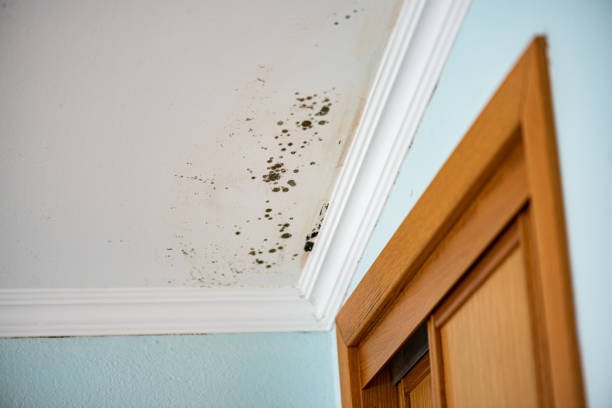Unveiling the Beauty: A Comprehensive Guide to Exterior Home Improvement
RH Business Marketing Solutions
Your home is your sanctuary, and its exterior is the canvas that showcases your personal style and pride of ownership. Exterior home improvement enhances curb appeal and adds value and comfort to your living space. In this comprehensive guide, we'll explore various aspects of exterior home improvement, from landscaping and paint choices to roofing and windows, offering practical tips to elevate your home's aesthetic charm and functionality.
Siding: Wrapping Your Home in Style
Consider siding as the protective outer layer that wraps around your home, defining both its safeguarding function and distinctive character. If your current siding is displaying signs of wear or an outdated aesthetic, upgrading to new siding can be a transformative move. Whether you opt for vinyl, fiber cement, or wood, each material offers a spectrum of textures and colors to complement diverse architectural styles. Noted for its low maintenance and cost-effectiveness, vinyl siding is popular, while fiber cement provides a robust and refined alternative. The selection of siding doesn't just elevate your home's curb appeal but also significantly contributes to enhancing overall insulation and energy efficiency.
Homeowners often turn to reputable companies like Acumen Renovation to bring expertise and precision to their vision of creating harmonious living spaces.
Landscaping: The Green Frame
Well-maintained lawns, vibrant flower beds, and thoughtfully placed shrubs create a welcoming atmosphere. Start by assessing your yard's layout and considering the climate and soil conditions to choose plants that thrive in your region. Adding a mix of perennials and annuals ensures year-round color, while strategically placed trees provide shade and enhance the overall aesthetic. Regular lawn maintenance, including mowing and edging, keeps your outdoor space looking polished and inviting.
Painting: A Splash of Personality
Choosing the right paint colors for your home's exterior is a crucial decision that can impact its overall appearance. Whether you prefer classic neutrals, bold hues, or trendy tones, the key is to select colors that complement your surroundings and architectural style. Consider testing paint samples on a small section of your home to see how they look in different lighting conditions. Additionally, pay attention to accents such as the front door and shutters, as these details can add a pop of personality and tie the entire color scheme together.
Roofing: Protecting Your Investment
Maintaining a well-kept roof is essential for shielding your home from external elements and enhancing its overall visual allure. Routine roof inspections prove invaluable in pinpointing and rectifying concerns like absent shingles, leaks, or weather-related damage. When the need for a replacement arises, it's prudent to contemplate the durability, lifespan, and energy efficiency of various roofing materials. Options such as asphalt shingles, metal roofing, or clay tiles present diverse advantages and aesthetic qualities, allowing you to tailor your choice based on personal preferences and climate-specific considerations.
Windows: Framing the View
Windows are the eyes of your home, providing natural light and ventilation while contributing to its overall charm. Upgrading to energy-efficient windows not only improves insulation but also reduces utility costs. Consider the style of your home when choosing window designs, whether it's classic double-hung windows, modern casements, or charming bay windows. Window treatments such as shutters, blinds, or decorative trim add a finishing touch, enhancing both the interior and exterior aesthetics.
Outdoor Lighting: Illuminate the Night
Outdoor lighting enhances your home's safety and security and adds a magical touch to your exterior. Strategically placed lighting fixtures can highlight architectural features, accentuate landscaping, and create a warm ambiance. Consider a mix of pathway lights, wall sconces, and landscape lighting to achieve a well-balanced and inviting nighttime atmosphere. With advancements in technology, solar-powered and energy-efficient LED options make it easier than ever to illuminate your outdoor space responsibly.
Decks and Patios: Expanding Your Living Space
Decks and patios extend your living space outdoors, providing a perfect setting for relaxation, entertainment, and dining al fresco. Consider the layout, materials, and functionality when planning a deck or patio. Options like composite decking, natural wood, or pavers offer durability and aesthetics. Furnish your outdoor space with comfortable seating, dining sets, and accessories to create a cozy retreat. Adding features like pergolas, fire pits, or outdoor kitchens can elevate your outdoor experience and increase the overall value of your home.
Conclusion
Exterior home improvement is a holistic endeavor that combines aesthetics, functionality, and maintenance. From landscaping and painting to roofing, windows, and siding, each aspect plays a vital role in creating a home that reflects your style and stands the test of time. By investing in these improvements, you not only enhance your daily living experience but also contribute to the long-term value of your property. So, embark on the journey of transforming your home's exterior, unveiling its true beauty for you, your family, and all those who pass by.














